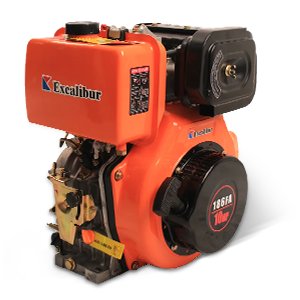Concrete Screed Supplier
We offer both manual and vibratory screed solutions to meet the varied demands of modern construction.
Whether you’re tackling small-scale residential flooring or large industrial slabs, our screeds ensure smooth, level, and durable surfaces with minimal effort.
- Manual and Vibrating Optional
- Adjustable Blade Length Options
- Fast and Precise Leveling
- Single-person Operation Design
By Operation Method
Operated manually with an ergonomic handle or using gas engine vibration, we provide a smooth, level surface through efficient surface compaction.
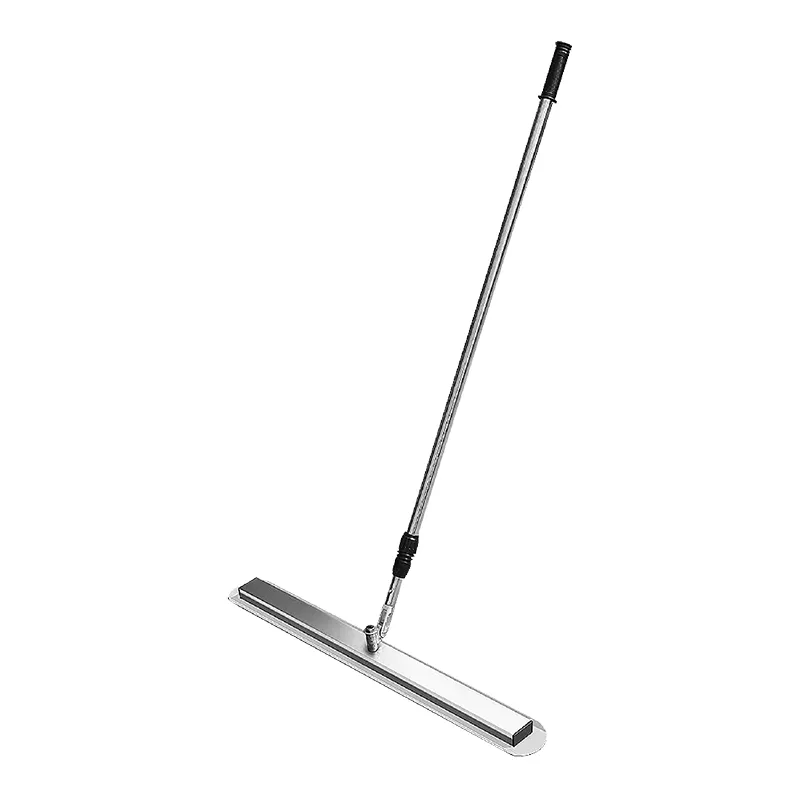
Manual Screed
- Non-slip rubber handle ensures firm grip
- Adjustable length suits users and tasks
- 360° rotating handle for effortless maneuvering
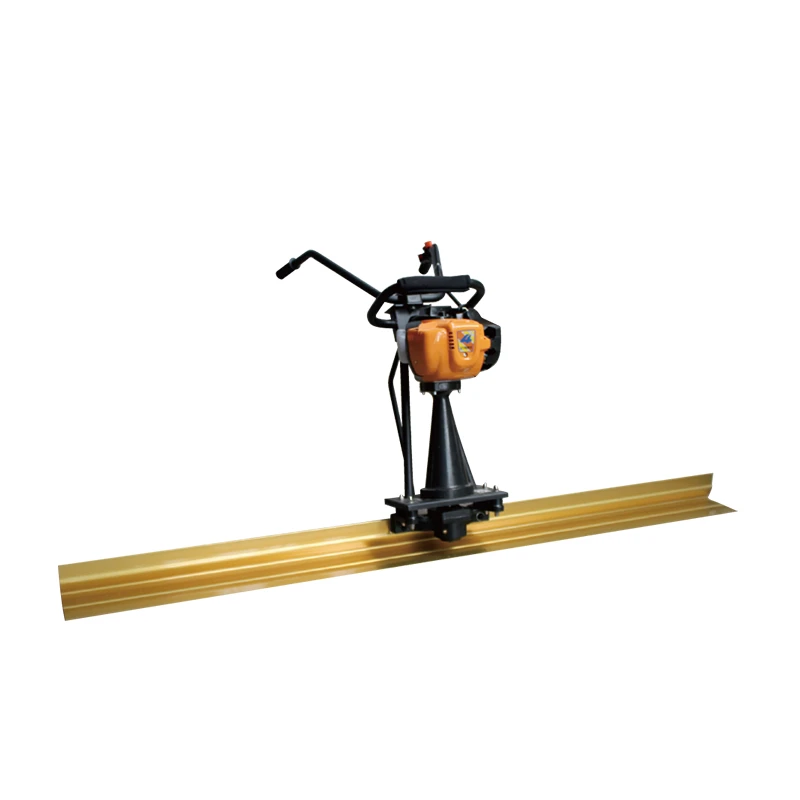
Vibrating Screed
- Equipped 1.6 HP Honda GX35 4-stroke gas-powered engine
- 7,000 vibrations/min for effective concrete leveling
- Rugged aluminum blade built for tough jobs
By Power Source
We offer manual and gasoline-powered screeds, using human effort or engine vibration to deliver efficient, versatile, and reliable concrete leveling performance.
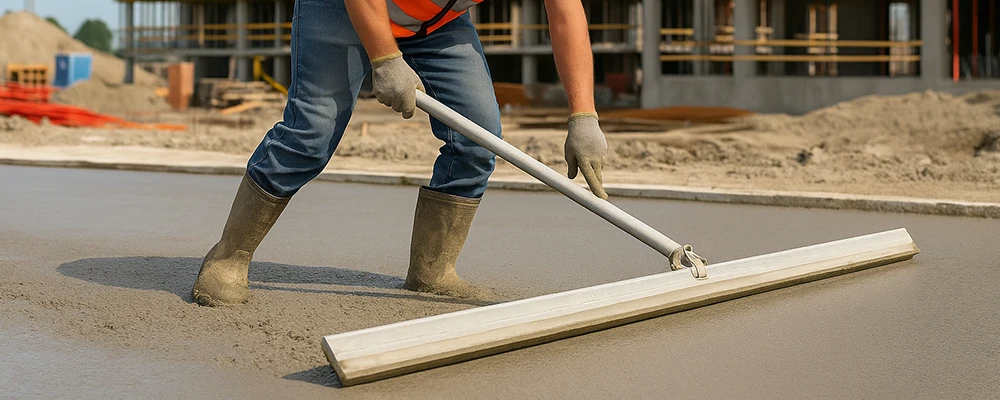
Hand Screed
- Pushing and leveling are done entirely manually using stainless steel scrapers.
- Best for small slabs, tight spaces, or low-budget projects.
- Quiet, no fuel required, low cost, easy to transport.
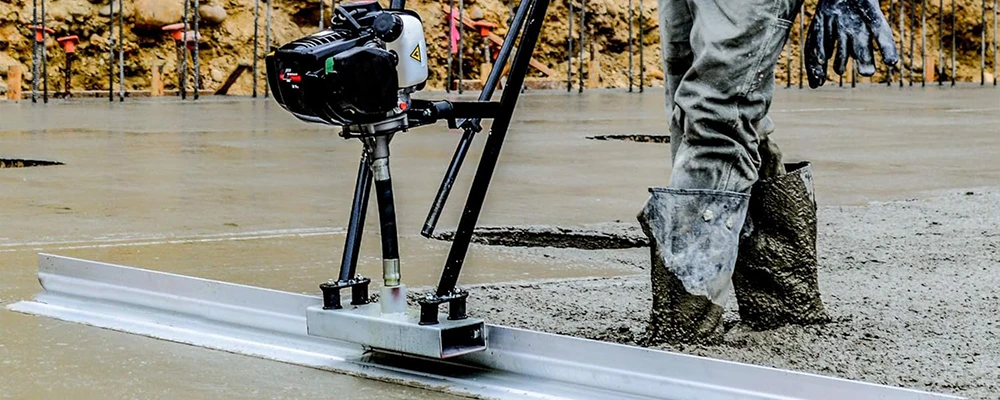
Gasoline-powered Screed
- Gas-powered 4-stroke engine generates high-frequency vibrations.
- Reduces labor, improves flatness, speeds up leveling.
- Best for medium to large slabs, commercial jobs.
By Blade Type
We provide fixed and interchangeable blade screeds for consistent or adjustable slab widths, ensuring efficient and cost-effective concrete leveling.
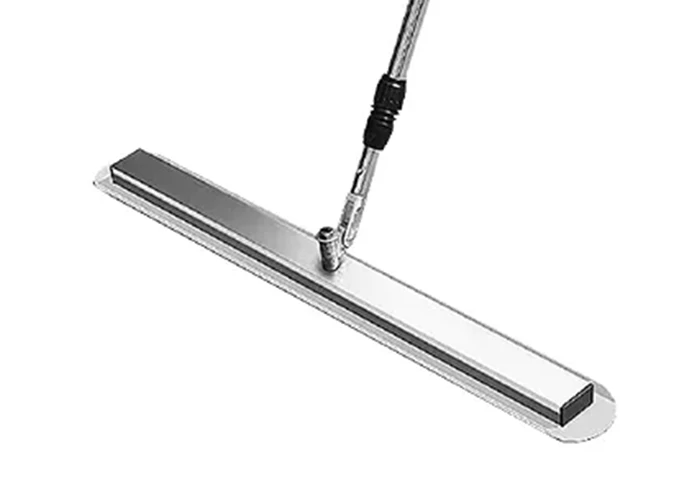
Fixed Blade Screed
- Blade is fixed to screed unit with non-adjustable length.
- Ideal for consistent slab widths or repetitive jobs.
- Lighter and more cost-effective.
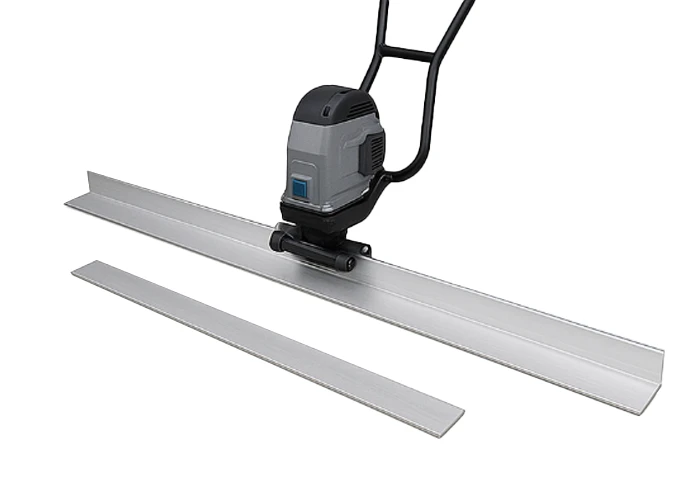
Interchangeable Blade Screed
- Blade can be swapped out for different lengths.
- Compatible with different blade sizes (8 ft, 10 ft, 12 ft, 14 ft).
- Applicable to various large-scale concrete projects, saving manpower.
Applications
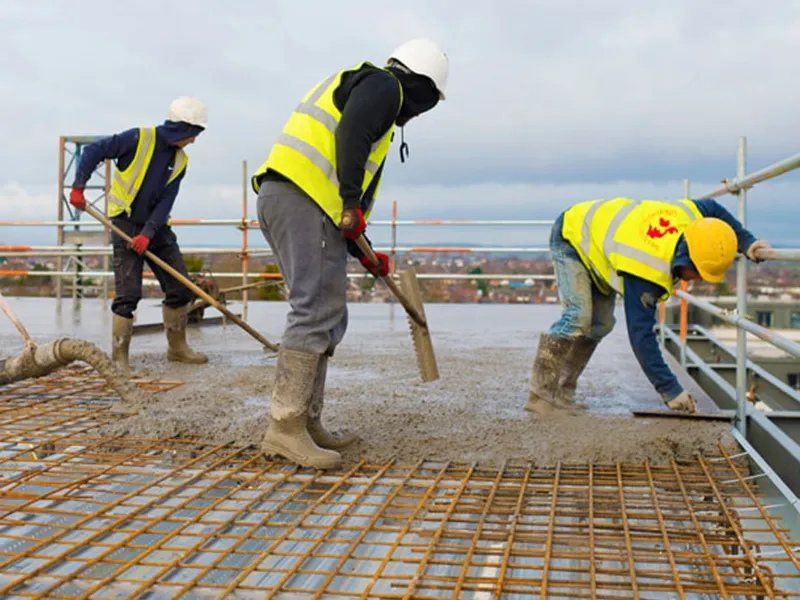
Floor Slab Construction
- They help achieve a level surface before laying tiles, epoxy coatings, or carpets.
- Common in warehouses, garages, basements, showrooms, and commercial buildings.
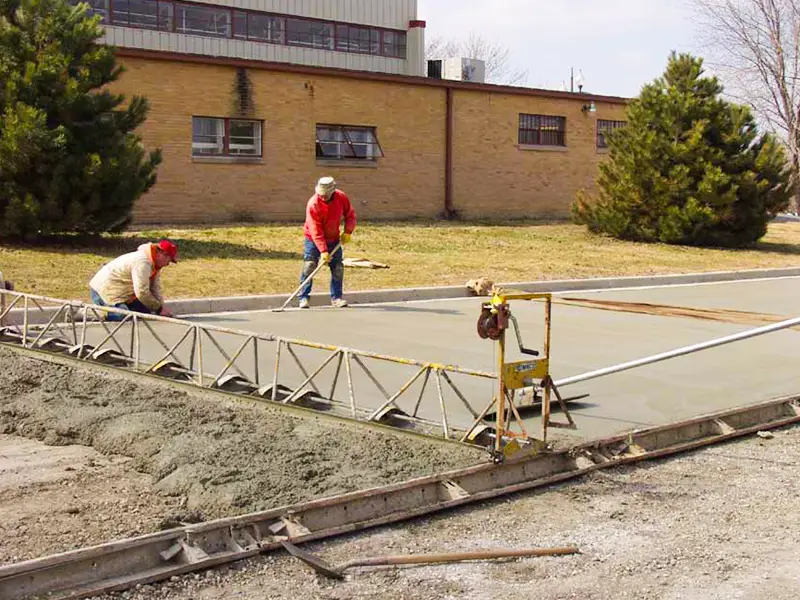
Roads, Driveways, and Pavements
- Used to finish concrete for highways, parking lots, airport runways, sidewalks, and driveways.
- Ensures consistent elevation, slope, and surface smoothness critical for drainage and safety.
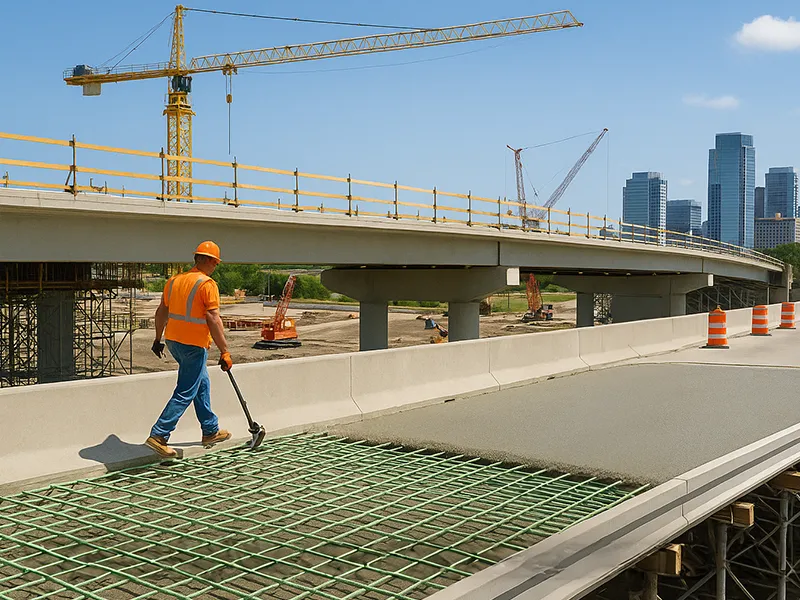
Bridge Decks and Infrastructure Projects
- Applied on bridge decks and large-scale civil projects to create a uniform surface.
- Helps in preparing concrete for waterproofing membranes or asphalt overlays.
FAQ
What’s the difference between screed and concrete?
Concrete is the building material; Screed is the process or tool used to level it.
What materials are concrete screeds made of?
Typically aluminum, magnesium, or stainless steel for strength and lightness.
What’s the difference between fixed blade and interchangeable blade screeds?
Fixed blades are set length; interchangeable blades can be swapped to match slab width.
Where is a concrete screed commonly used?
Floors, driveways, roads, industrial slabs, warehouses, parking decks, and more.
Do I need to finish the surface after screeding?
Yes, follow-up tools like bull floats and trowels are used for final smoothing.

